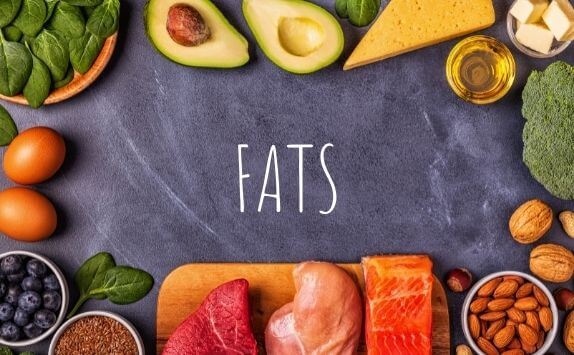
Sensory Attributes of Fats
Among the three essential needs of human beings, food stands ahead of cloth and shelter. Food is vital for providing nutrition to our body. The macro-nutrients of food-matrix, like protein, fat, and carbohydrate, performs critical body functions. In our daily diet, fat is a chief source of energy by providing nine calories per gram. Fat is naturally occurring triglycerides whose type and amount of consumption depends upon cost, culture, or geography. It is responsible for the absorption and transportation of fat-soluble vitamins A, D, E & K.
The fat can hold flavour on the tongue, giving better flavour delivery. Many studies showed a reduction in fat content affects flavour perception due to the change in flavour release. Also, excess fat causes a decrease in the aroma compound’s volatility and therefore reduced odour intensity. The fat is present in two physical forms (solid/liquid), so its melting property influences spreadability, texture, stability, solubility, and release of aroma compounds.
Let’s look at how fat attributes to the sensory properties of some food products. In bakery products like bread or pasta, we use shortenings (fat, solid at room temperature) for texture, heat transfer, softness, mouthfeel, lubrication, and structure. In cakes, the air gets incorporated into whipping cream due to fat. In bread, gas retention by fat increases its volume and softness. The fat in chocolate is majorly milk fat and cocoa butter. It contributes to flavour release, melting, bloom prevention, gloss, and rheological properties. As we know, ice cream is the colloidal mixture of ice crystals (a sol), fat globules (an emulsion), and air bubbles (a foam) in an aqueous phase. The fat helps shape retention, dryness, melting in the mouth, and the creamy texture of ice cream.
The fat can act as a precursor for flavour development (e.g. In frying). The oxidation of fat or lipid generates aroma compounds, but most of them give off-taste. The lipid degradation produces volatile compounds like esters, lactones, aldehydes, etc. Auto-oxidation of lipid by free oxygen radicals causes rancid taste, deteriorates colour, and reduces nutritional value in meat products. The lipolysis of fatty acid gives a sharp, butyric-off note in butter.
Nowadays, consumer demand for the development of low-fat food is rising, but it can impart low sensory acceptability. The tactic to overcome is the rebalancing of a food product by fat replacers. There are two types of fat replacers – fat substitutes and fat mimetics. The fat substitutes physically and chemically resemble fat and can replace fat in gram to gram (e.g. Olestra). In contrast, fat mimetics can physically and organoleptically imitate fat properties but cannot replace fat on a gram to gram basis (e.g. modified starches). Fat mimetics are less flavorful than fat as they are not able to carry fat-soluble flavours.
We define taste as sensory expression perceived by taste buds in the mouth after consumption of food. And fat plays a crucial role to contribute to sensory expressions like mouthfeel, texture, creaminess, and lubricity of the food. So, it has made the fat stand in the queue of 5 basic tastes. But to be called taste, the tastant should be soluble in saliva, and triglycerides are insoluble. Thus, the indefinite data is still unable to answer whether fat is the sixth taste or not? To conclude, the perception of fat has the potential to affect the diet and, therefore, overall energy balance and body weight.
ArrayKeva has an extensive flavour shop for various food and beverage applications, besides a team of expert flavourists and food technologists for creating custom flavours and matches. To partner with us, contact Keva today.
- Pinned
- Recent


 Taste of Traditions
Taste of Traditions17 May 2024



 Chili Top Notes: Igniting the Senses
Chili Top Notes: Igniting the Senses9 Oct 2025

 Royal Rose the Flavour of Royalty
Royal Rose the Flavour of Royalty30 Aug 2025

Blog Archive
August (2)
July (2)
June (2)
May (2)
April (2)
March (2)
February (2)
January (1)
2024
November (2)
October (2)
September (2)
August (1)
July (3)
June (2)
May (2)
April (1)
March (1)
January (1)
2023
2021
-
September (1)
August (1)
2020
-
October (1)
September (1)
August (1)
March (2)
February (2)
January (3)
2019
-
November (2)
- Process Flavours
October (1)
July (1)
May (1)
March (2)
February (2)
January (1)
2018
September (1)
July (1)
May (1)
April (2)
March (2)
February (2)
January (2)
2017
November (2)
October (2)
Disclaimer
The statements, views, thoughts and opinions expressed on blog or social media are those of the author and do not necessarily reflect the official policy or position of Keva Flavours or its parent organisation. The company does not take any responsibility for the views of the author.


